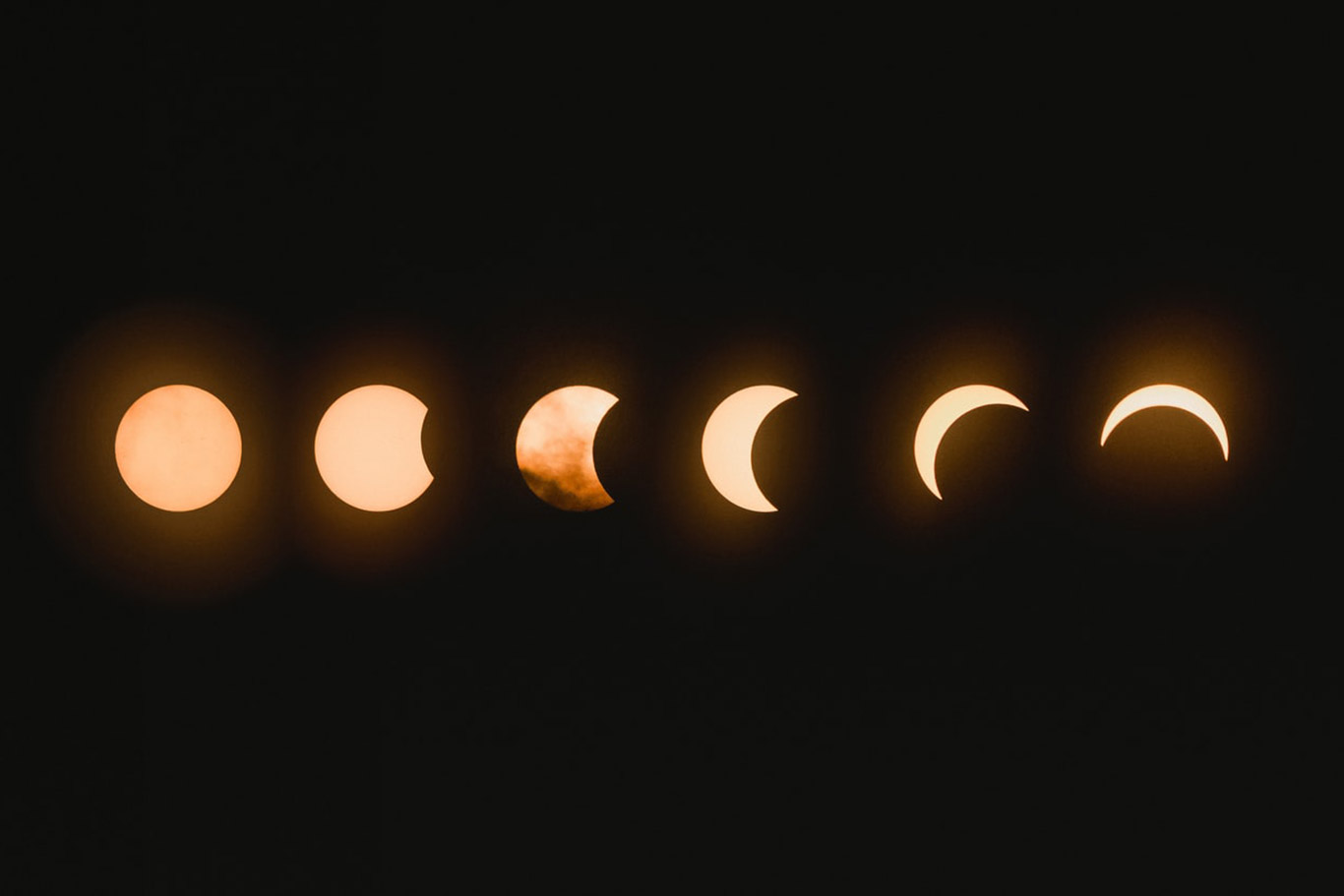It has been suggested that by putting giant solar panels on the moon, we could solve Earth’s energy shortage and the climate crisis.
The sun is an enormous source of energy, but only a fraction of a percent of it is currently converted into electricity with solar panels. Even the ones we do have are not able to operate as efficiently as they could, because darkness and clouds block much of the sunlight.
Solar farms also take up huge amounts of land that could otherwise be used for planting trees, growing crops or building houses. The empty, cloudless moon could be the perfect solution.
Pros and cons
Silicon dioxide is plentiful on the moon, and this could easily be turned into glass to develop a solar thermal system, which can then be converted into PV cells. And with no weather, clouds or wind on the moon, any solar panels on the moon would be far more efficient than what we currently have on Earth. The power could then be transferred to Earth through microwave beams so that we could easily use it with no toxic byproducts.
The downside is that developing these lunar solar panels would be more expensive than increasing the amount of solar farms here on Earth.
However, when you consider that scaling up to supply the enormous amount of energy expected to be needed by 2050 would be a colossal move, the economics actually flips over.
Lunar solar power, due to its far greater efficiency, will be cheaper to produce at the scale we would need, and lunar cells would need to be less durable since they don’t have to endure the weather.
The current situation
Currently, many homeowners and councils across the nation choose to have solar panels installed on their rooftops to benefit from the energy savings. When installed in the best position, solar panels help slash household electricity bills and reduce your carbon footprint, despite the variables that reduce the efficiency here on Earth.
In fact, some people are finding that solar panels meet 100% of their electricity needs, particularly when they have a home battery storage system in place.
If solar panels were placed on the moon around its equator – ensuring at least half the panels receive the sun’s light at all times – the electricity production would be enormous. Of course, the technology to actually achieve this is not quite there yet.
What would be needed?
It would require the establishment of a lunar base from which the operation could be controlled. It would also require robotics that could handle much of the production, installation and maintenance of the panels, since a large human workforce would be difficult and costly to send to the moon.
However, the required technology is already there or thereabouts, so with sufficient drive, the idea of lunar solar panels really doesn’t have to be a million miles away.
The bottom line
Humanity needs to find more renewable ways to power civilisation, and solar energy has long been upheld as a potential solution. The primary concern about this has always been the inefficiency of Earth-based solar panels, and the space required to have solar farms that would even come close to meeting the world’s energy needs. If this idea of lunar solar panels could be accomplished, it could have a tremendous impact on our planet.
It would provide electricity that is cheap and simple to produce, beamed directly into our power grids. And it would mean electricity would be produced with no toxic byproducts, helping protect our environment at a time when climate change is a primary concern for nations.
